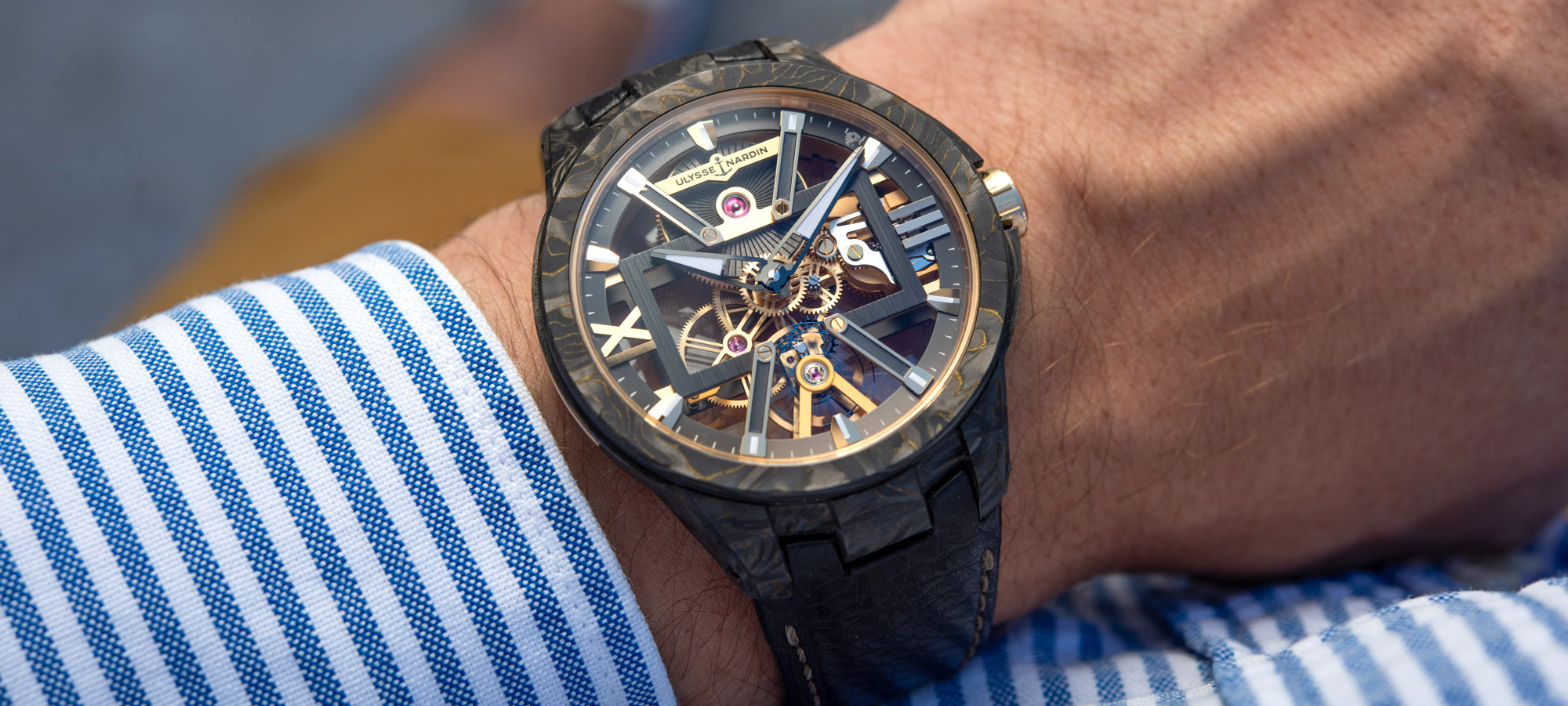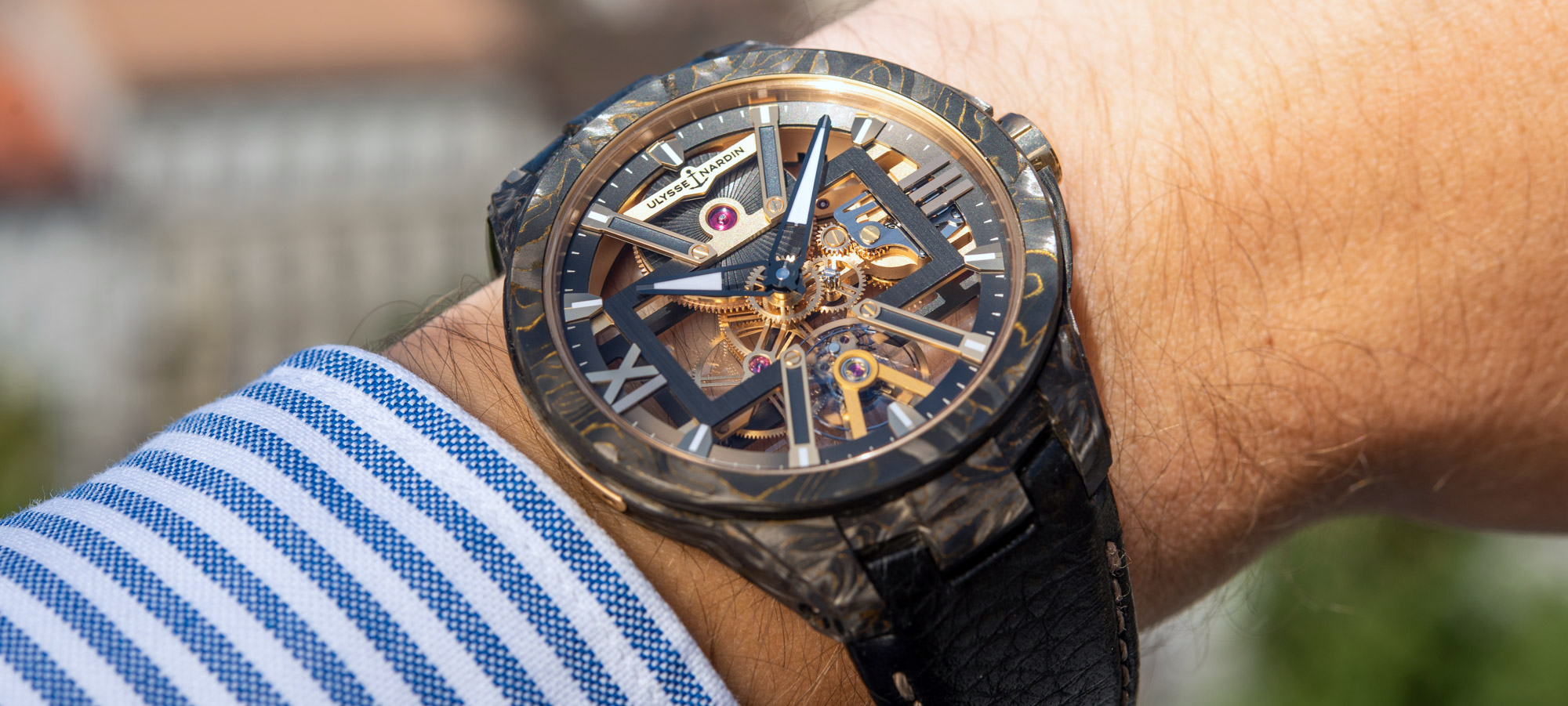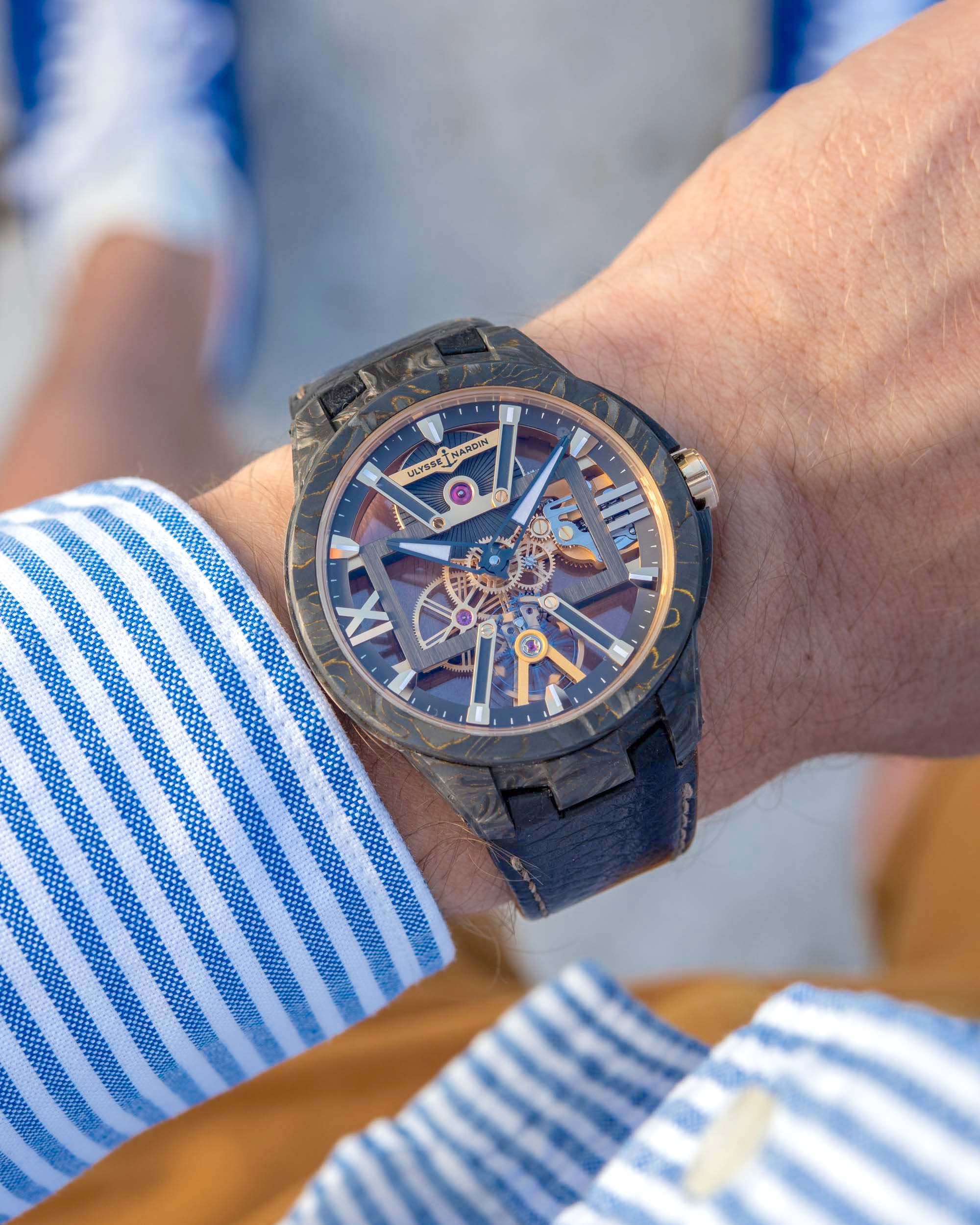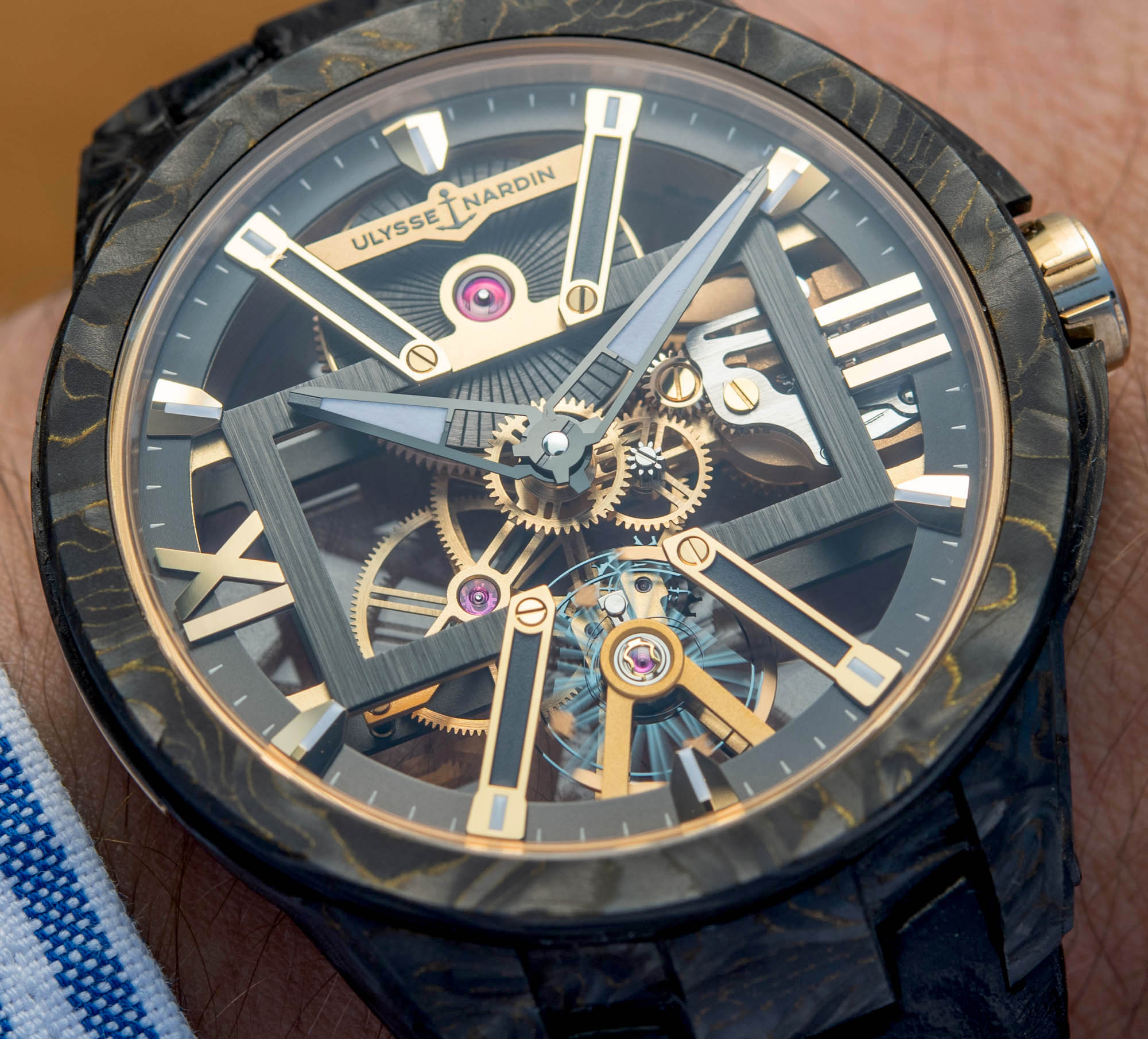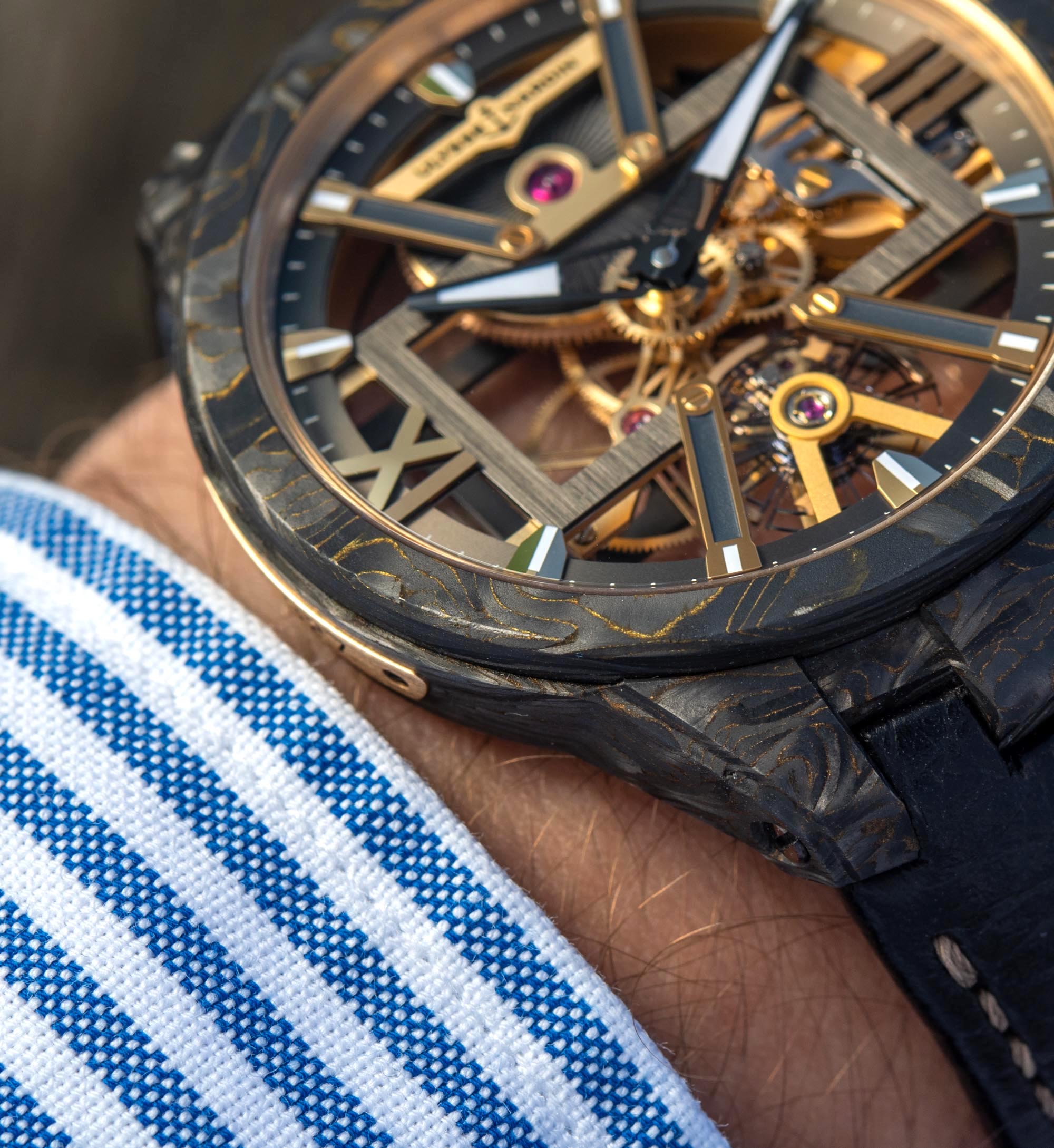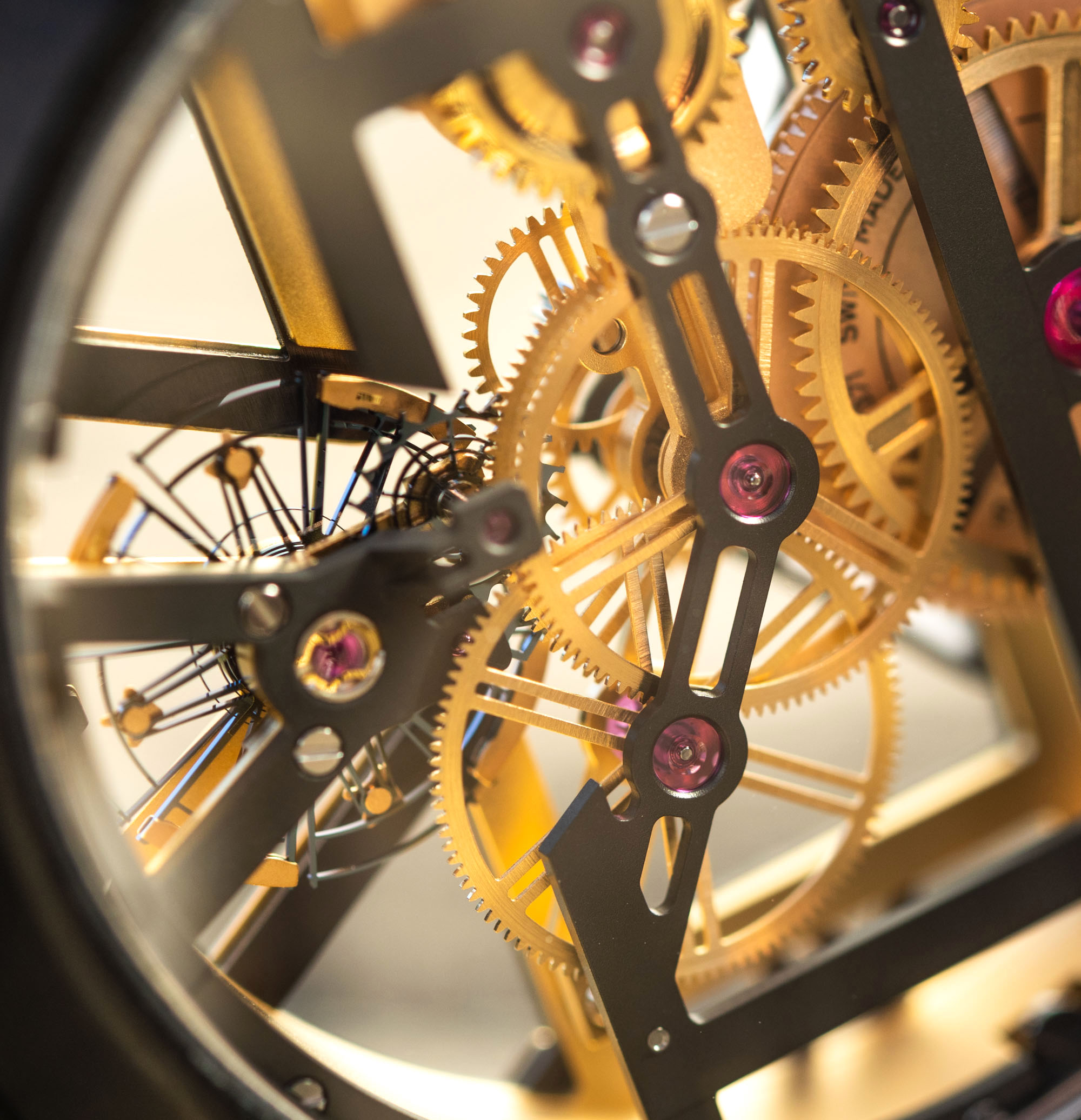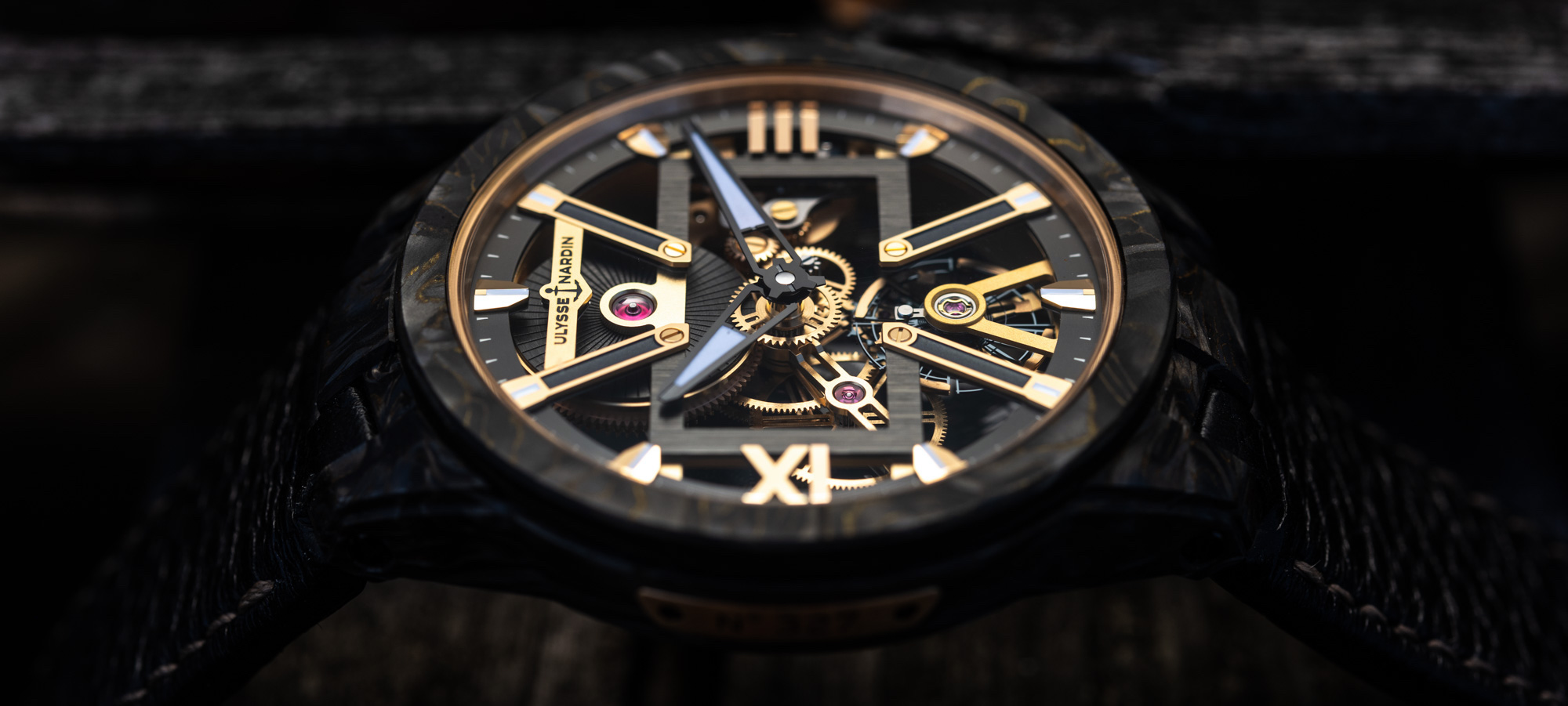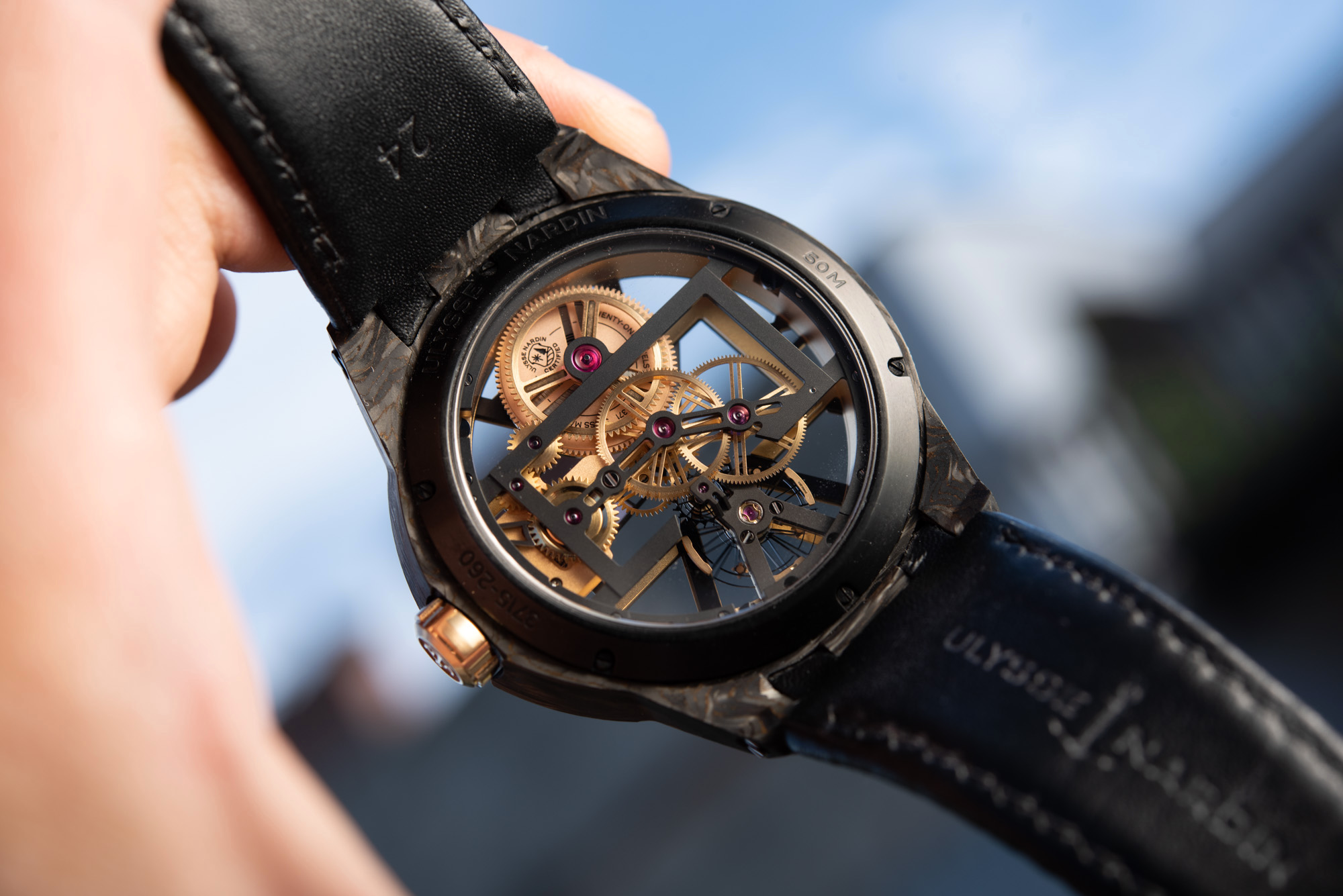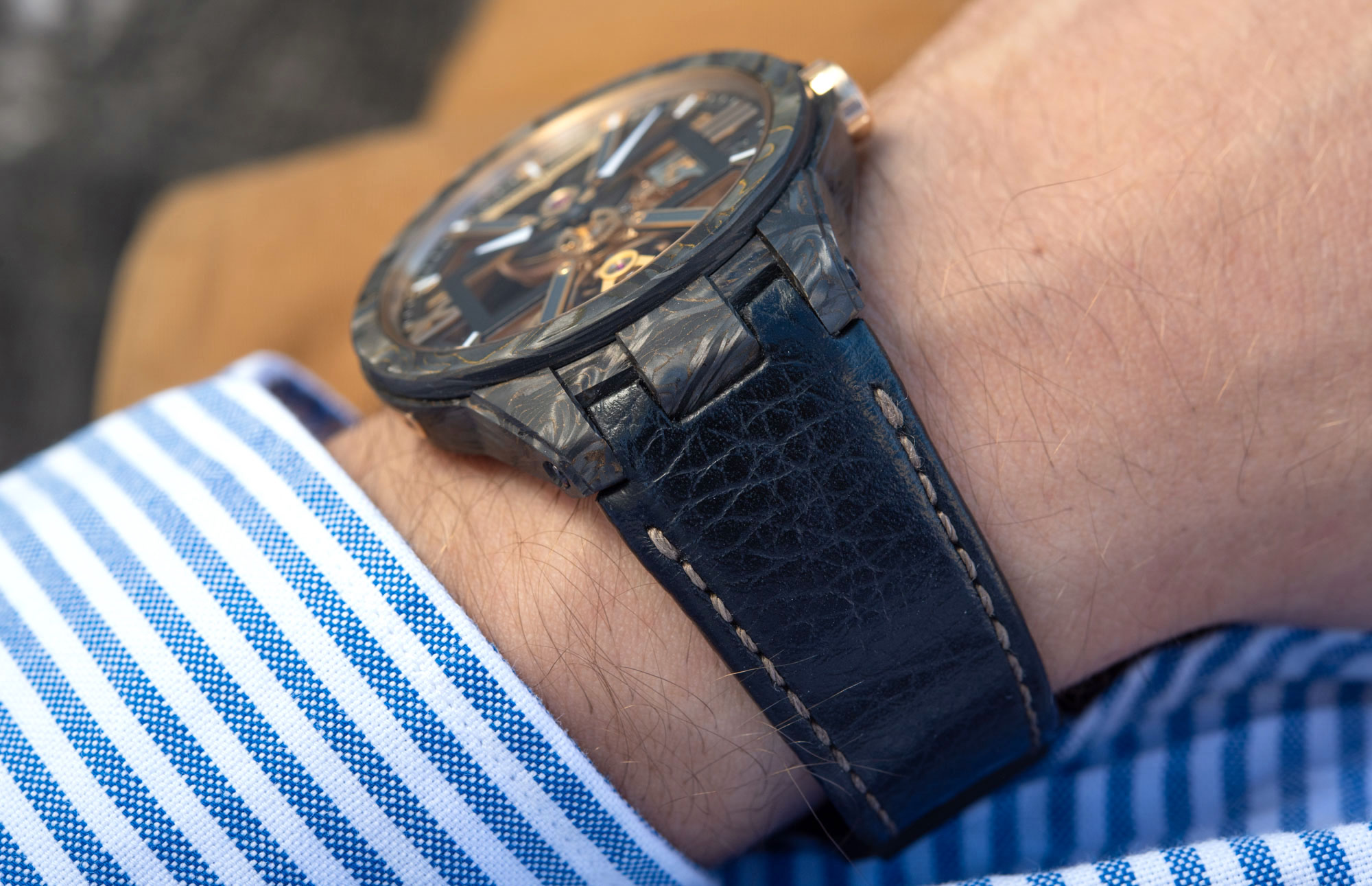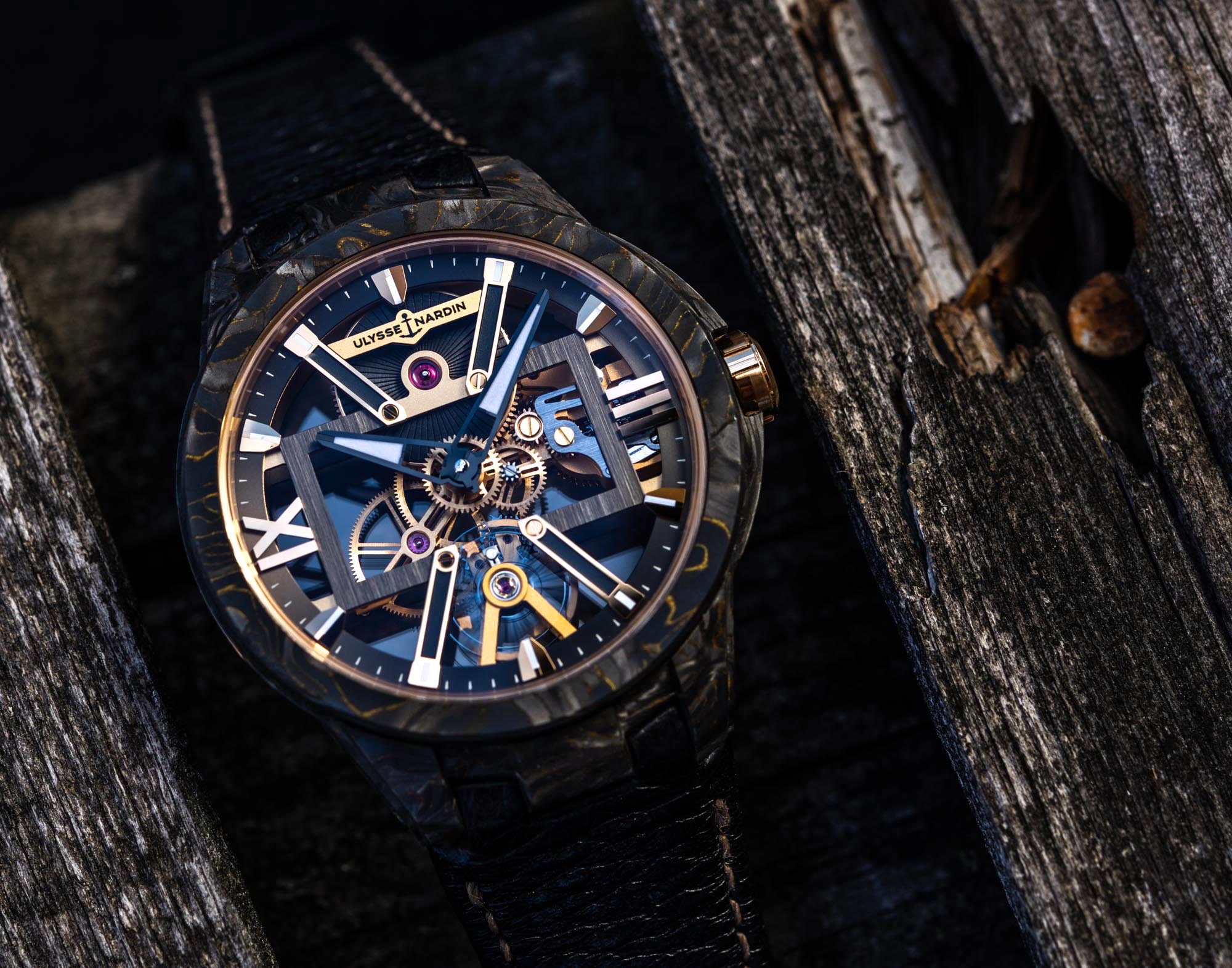
Some watches are simply great watches. We say “simply” because they need no context nor comparison, nor a timeline within which they’ll perform well before quietly fading out of fashion. Having worn the Ulysse Nardin Blast Skeleton X 43mm for around 10 months now has given me plenty of time and opportunity to reflect on its greatness, and its weaknesses. Time for reflection.
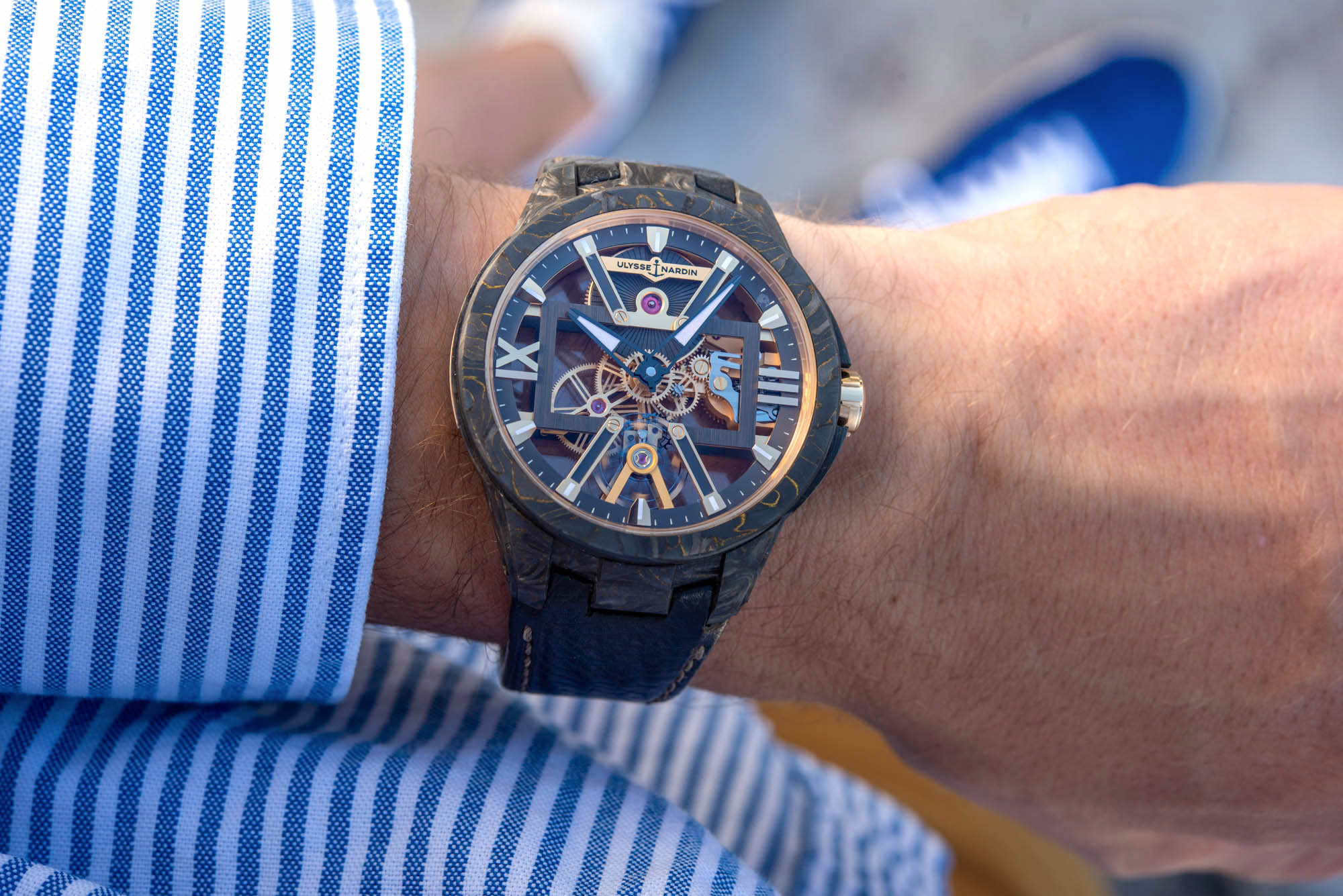
Unlike the similarly priced Freak X, which we compared with the prospect of buying a second-hand Rolex Daytona in steel in this review for roughly the same money at the time, the Blast Skeleton X does not have an enviable horological pedigree. Whereas the Freak X traces its bloodline back to the first properly unhinged luxury watch in modern history, the original Ulysse Nardin Freak of 2001, the Blast Skeleton X is a continuation of the brand’s Executive line that was discreetly merged into the Blast collection. But, as we say, probably none of its naming practices or pedigree matters — not to watch enthusiasts or prospective or current owners of this watch.
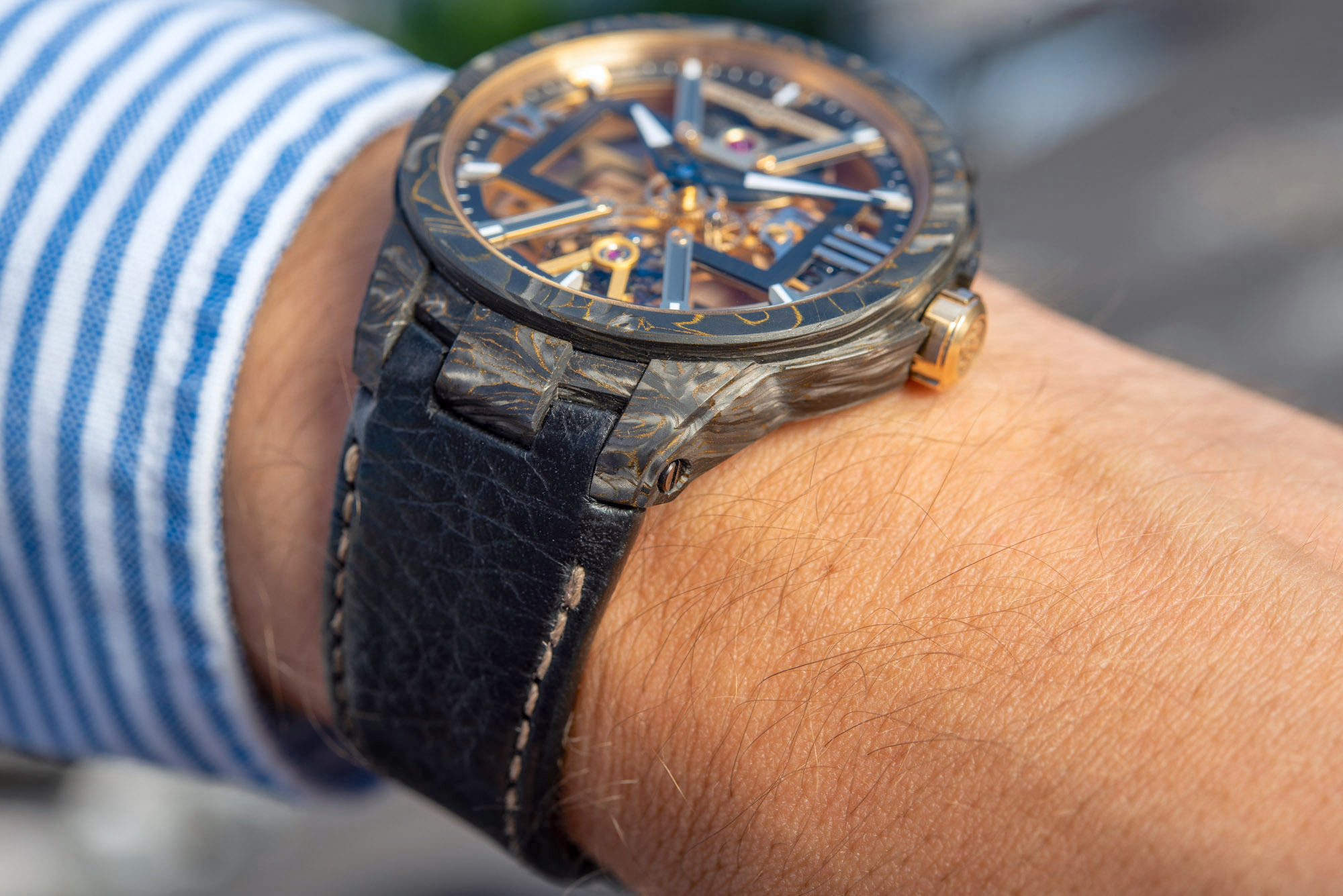
So, How Does The Blast Skeleton X Stand Out?
It does so by being, in a way, all the watch one might ever need. As always, a watch says something to its wearer — and something about its wearer. Some watches, especially those constantly in the news with their extortionate resale prices and endlessly regurgitated designs, are arguably on trend for what they say about, rather than to, the person who’s shelled big money out for the privilege of strapping it around their wrist. The social psychology behind that is for another article to cover, but because we know it’s important these days, we’ll begin with how the Blast Skeleton X performed at communicating the sort of status an expensive watch can.

Here we are looking at a strange mix of a relatively bold and loud, skeletonized look, all plated in gold to fully eliminate even a passing idea of discretion, and a design only recognizable by true watch geeks but not by your average snob, whose main and only achievement in horology is to tell a Seamaster apart from a Submariner. You won’t get much praise or attention from that sort of audience with the Blast Skeleton X on. They don’t care too much about Ulysse Nardin — a brand much too small and too much of its own thing, but not expensive enough (like a Richard Mille) to breach the bulletproof glass that safeguards their horological ignorance.
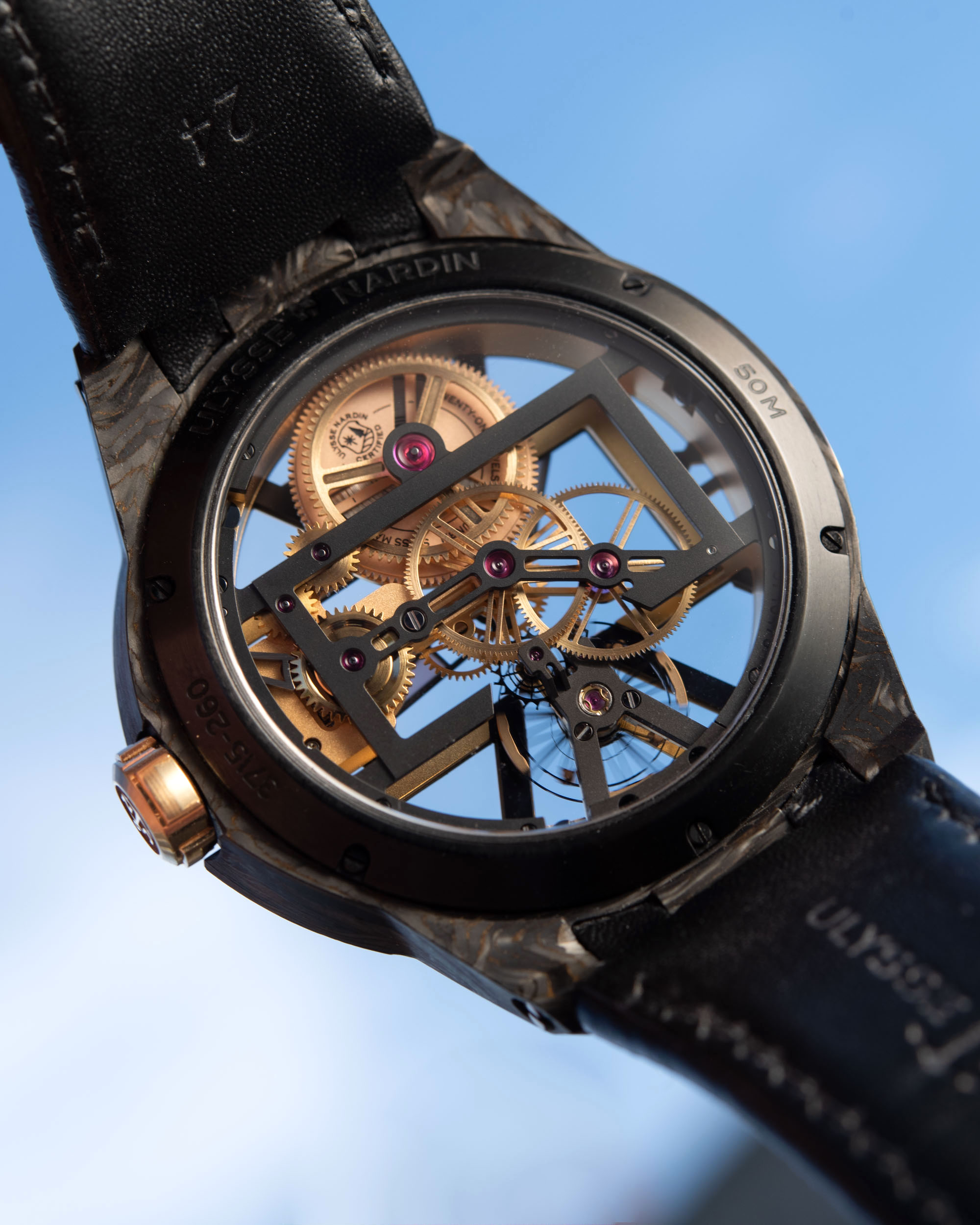
What will probably happen, however, is that it will be recognized as an expensive watch. That certainly might sound a given with every $24,300 watch, but having worn countless expensive and very expensive watches around for extended periods, we can report that you’d probably be shocked just how many high five-figure watches remain completely unrecognized, or are taken for a “nice fashion watch” by the masses and even by beginner watch hobbyists. With this much gold and this many obviously very neatly made, shiny and tiny parts on show, the Blast Skeleton X looks refined and luxurious enough to differentiate its wearer from someone donning a cleverly chosen three-figure watch. So, if this matters to you, now you know.
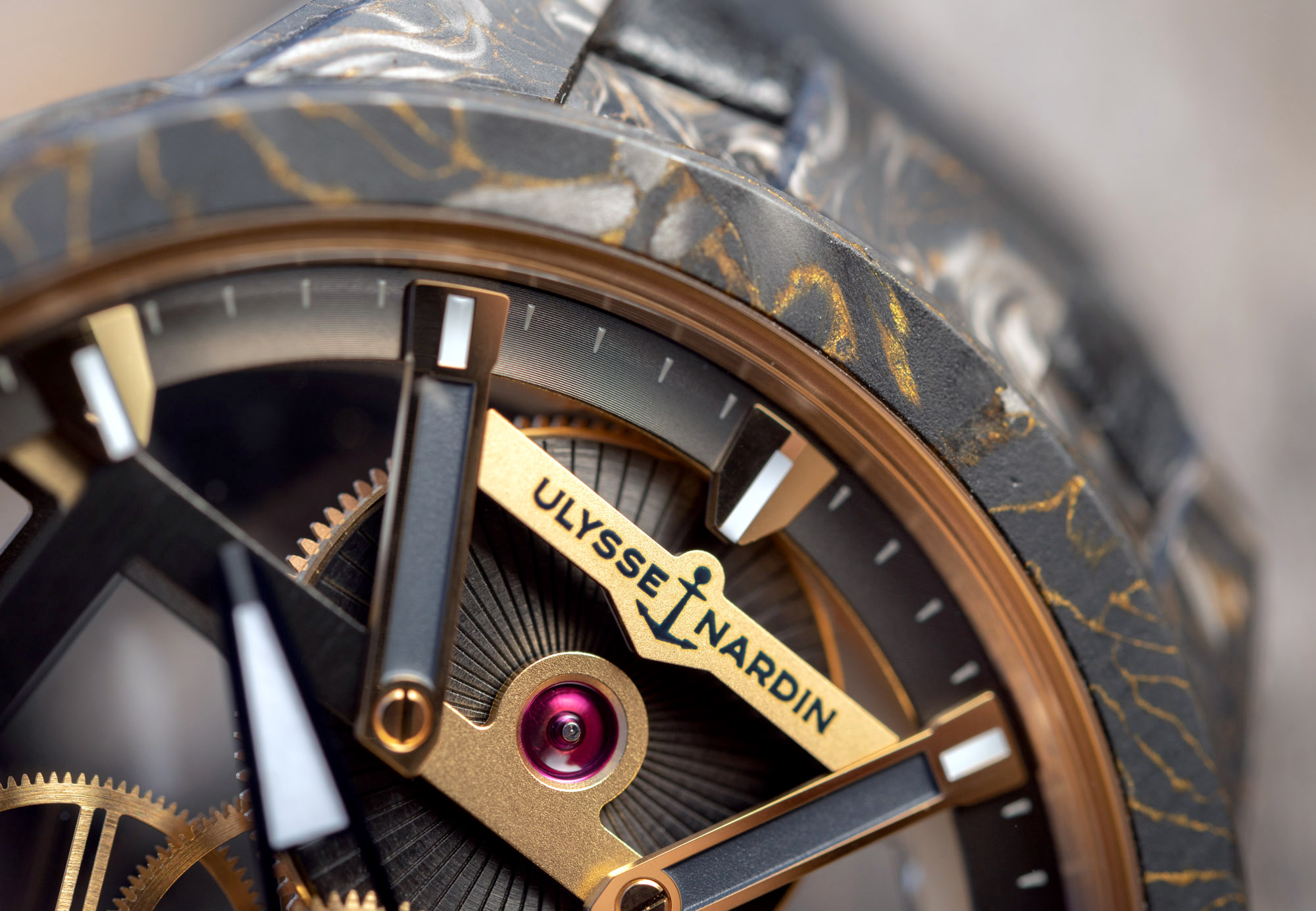
What matters to us, though, is whether the Ulysse Nardin Blast Skeleton X is the watch to get by a die-hard, hard-to-please watch lover looking for, as we say, “a keeper.” There are no two watches and no two watch enthusiasts that are alike, and we don’t ever want to dictate how you should feel, but we can certainly report on how a watch made us react. On a personal note, when discussing the Rolex Submariner 114060 “No-Date,” I said: “On some days it’s the best watch ever made, and on others, it’s the most boring watch ever made.” Well, the “BSX” won’t ever elicit a bored reaction. When I had an 114060 around for 4-5 months, it spent more time in the safe than it did on my wrist, simply because it was too bland and, in a way, too reduced in its undeniable perfection. Over a period twice as long, and counting, the Blast Skeleton X remains an obvious choice to reach for when leaving the house. How so?
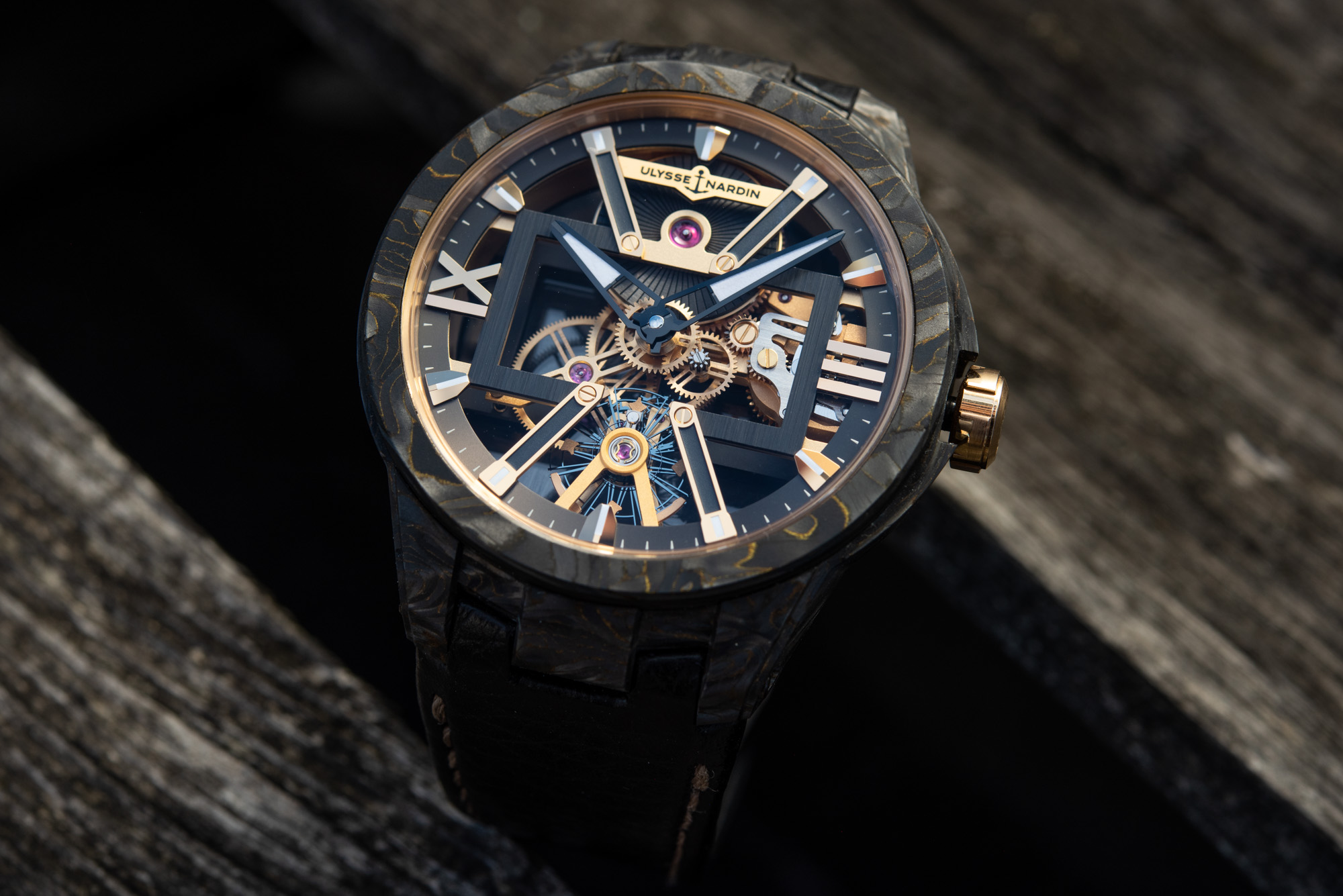
Well, despite having just two hands — no date and not even a seconds hand anywhere to be found — it is yet to evoke the fearful prospect of finding myself on a subway or in a queue with a boring watch on. This is, frankly, unexpected, as loud watches, such as skeletonized ones, are sometimes deservedly written off as one-trick ponies, as items with a powerful initial impact that quickly dies down without another spike in interest anywhere in sight. Yes, it is skeletonized, and yes, it’s definitely cool to be able to wonder any time, on-demand and with utmost ease, at how a mechanical watch works, but there’s so much more to take in. Given its price point and that Ulysse Nardin is operating a true watch manufacture where parts other than movement plates are produced with their own touch and attention to detail, the Blast Skeleton X offers so much more to wonder at than just the way torque is delivered through a series of meshing wheels and pinions.

There are a few elements to the Blast Skeleton X that are unlike most other skeletonized watches. The wheels in the going train — the series of wheels that connect the mainspring barrel and the escapement — have double spokes, as opposed to single ones. This is a little hint at the fact that Ulysse Nardin properly manufactures its own movements, taking the liberty provided by its own know-how and machinery, to shape various components in a bespoke way that is distinctly different from the single-spoke, bought-in parts many others use even in this price segment. The color of every bridge and wheel is also unique. What looks like yellow gold will actually prove to be red gold, and everything that appears black is actually dark gray. These are done this way to better match the case, which is a blend of carbon and 18k gold — but more on that later.

Another special treat is the sapphire sandwich in which the UN-371 manufacture caliber lives. It’s tricky, but the inside surface of the caseback, i.e., the crystal that is behind the movement when looking at it from the dial side, gives a flat reflection and provides a subtle mirror effect on the borderline microscopic teeth and thin, double spokes of the wheels. In other words, what’s special about the BSX is the way it plays with space and light — one truly is reminded of those impressive CGI watch movement videos where it’s as though a tiny camera could fly between the wheels and plates. Everything, the clarity of crystals, construction of the movement, and availability of space, is given for one to wish to get closer and closer and closer, right until their vision runs out of focus.
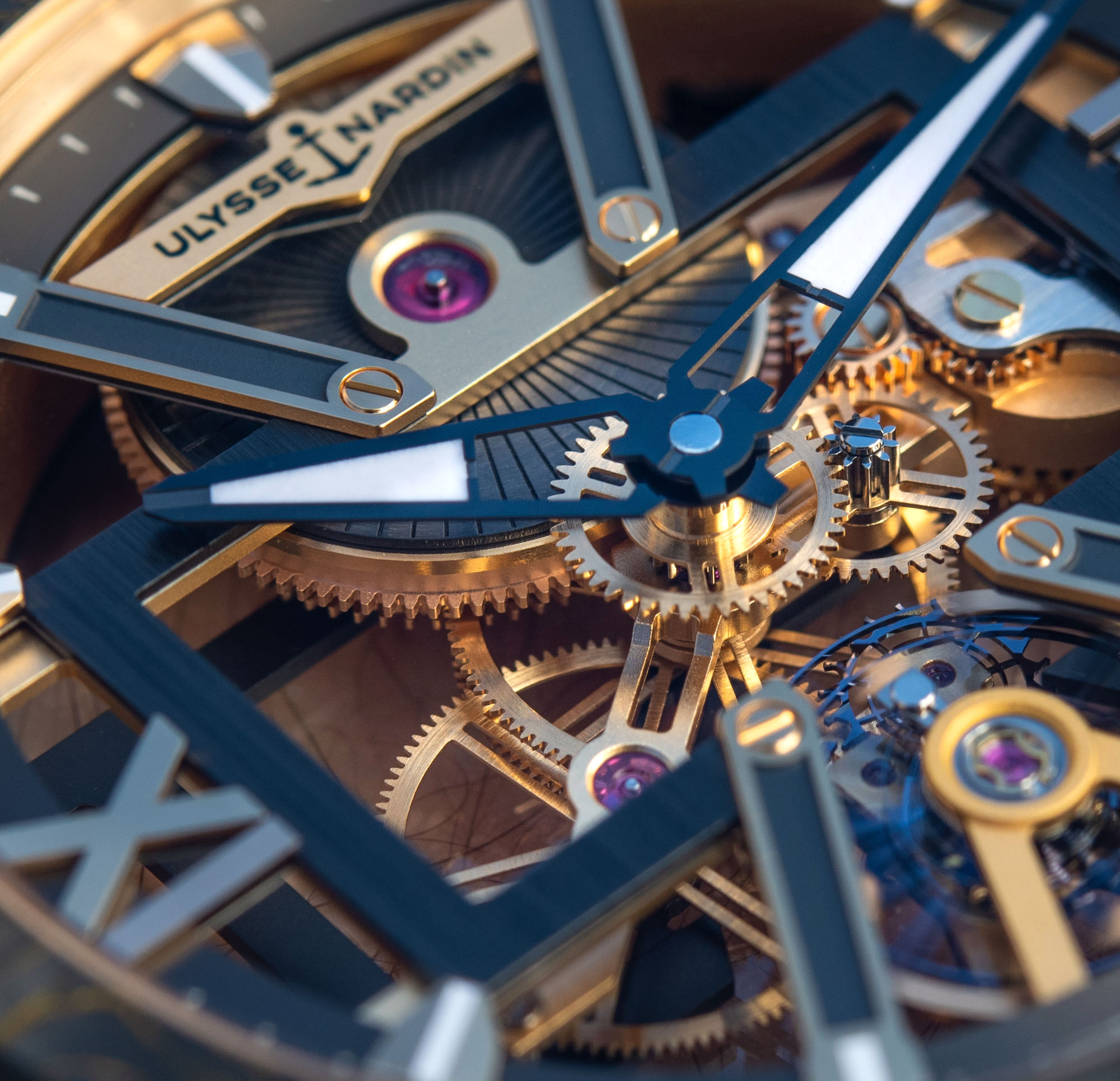
What is seen of the movement and how it is seen depends heavily on the available light and one’s momentary fascination: Sometimes it’s impossible to dive any deeper than the polished screwheads set into the end of the four long prongs that are the 5, 7, 11 and 1 o’clock hour markers, or to see anything else other than the springs, screws, and gears of the keyless works — the parts linked to the crown and used to switch between winding and setting — and how their apparent disorder is contrasted by the 3 o’clock marker and its three perfectly identical and perfectly polished rectangles.

It often just so happens that rays of light help reveal the silicon escapement and balance wheel, both produced using technology that Ulysse Nardin pioneered and mastered in-house. It’s a highly exotic design that incorporates flexible blades and infinitesimal weights used to fine-tune the wheel’s moment inertia. As such, it is a free-sprung balance that is more difficult to fabricate and regulate but is also more resistant to shocks (there is no regulator index that can be moved by shocks, hence altering the factory-adjusted regulation), is said to be less susceptible to positional errors when worn, and it allows the whole assembly to, as watchmakers would say, “breathe better.”
Having visited an “ordinary hairspring manufacture” — like there ever was such a thing — we learned that hairsprings must be manufactured within a tolerance of just one micron, i.e., 1/1000th of a millimeter, to ensure acceptable timekeeping. Metal hairsprings are traditionally made by drawing thin wire through ever narrower rollers that flatten it, slowly bringing the wire to its desired thinness. Despite painstaking care, due to minute changes in temperature and in the composition of the metal alloy, tiny variations in thickness can occur throughout the wire, hence altering the stiffness and ultimately the precision of the hairspring. By contrast, silicon parts are chemically cut and grown out of wafers of cylindrical crystal ingots by deep reactive-ion etching (DRIE), which allows for sub-micron accuracy. For a glimpse inside the sci-fi-like silicon manufacturing department of Ulysse Nardin, check out the video above, bearing in mind that it’s from 10 years ago and some updates have certainly happened since then.
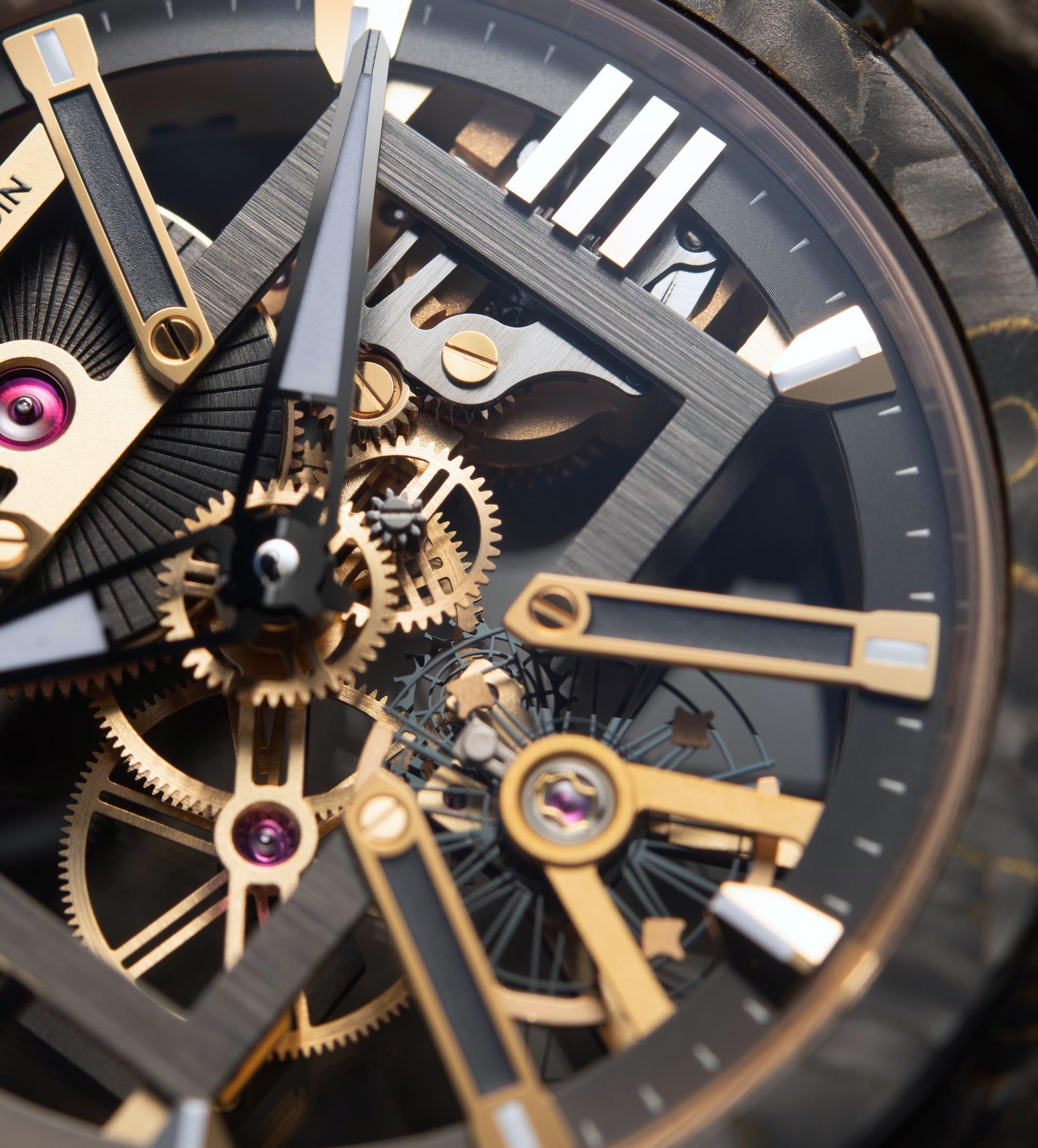
In other words, the beating heart of the watch, as the Swiss luxury watch industry loves to call it, itself is engineered and produced in a truly special way — and it’s put on proud display, brought right to the fore, up close to the front crystal. This leads us to another important point concerning the provenance of skeletonized watches: What some luxury manufacturers like, or rather need to do to be able to offer a skeletonized model is take an existing movement of ordinary design — with full plates and bridges — and design new plates and bridges that allow for a look inside a movement. Sure, skeletonized movements of old had been done similarly, but modern brands that care, including Ulysse Nardin, decided to design movements from scratch with the specific goal of bringing the more important and spectacular components, like this balance wheel, to the fore, whereas they are hidden deep inside the bowels of ordinary calibers. If you look at a skeletonized Zenith or skeletonized Cartier, for example, you’ll find that the escapement is hidden far away from the open dial, as is the case with the Zenith, or the layout of the movement is rather unsightly and cramped, as with the Cartier. Compare those with the way this Ulysse Nardin, and other bespoke skeletonized watches, do their best to evenly spread out and fully exhibit everything worth seeing in a mechanical movement.
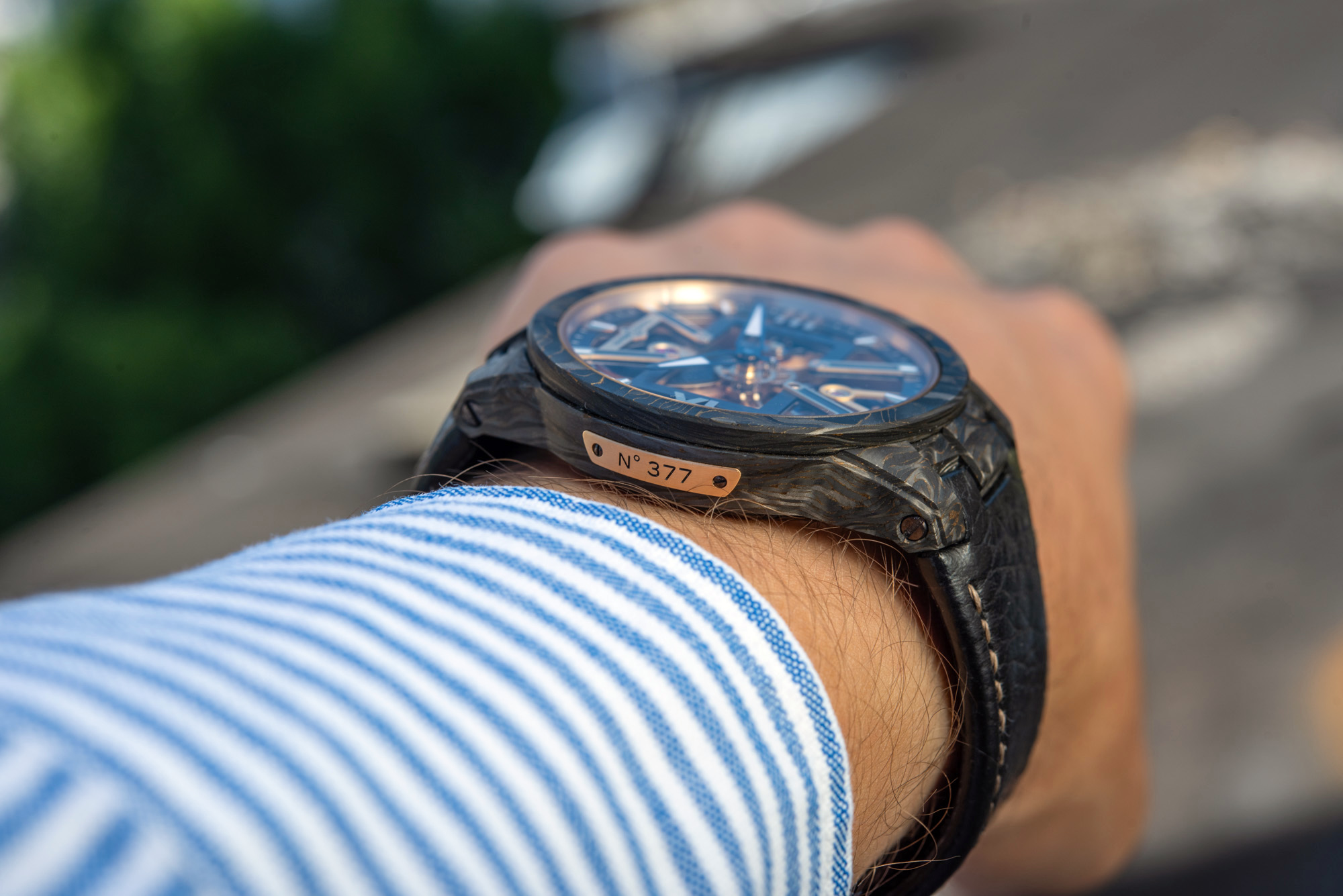
Another reason the Ulysse Nardin Blast Skeleton X proves to be a good daily is its thinness and lightness. It’s crafted using Carbonium, which sounds totally made up — and that’s because, well, it is made up. It’s a material produced by Lavoisier Composites in France, using material entirely sourced from the French aerospace sector. It is composed of two-thirds of intermediate modulus carbon fiber with 7-micron carbon filaments and one-third of high-temperature epoxy. For this particular Blast Skeleton X though, Carbonium Gold is used which, you guessed it, blends gold right into the material. Visible to the naked eye in the right light, streaks of gold flow all over the watch, in the bezel, case, lugs, and along the profile. It isn’t as showy as it sounds, in fact, it could perhaps be a little more visible still. A chunky crown in solid 18ct gold and a gold plaque carrying the individual production number of the watch on the left side, in true Ulysse Nardin style, complete the golden vibes, right along with a bit of golden contrast stitching in the straps.
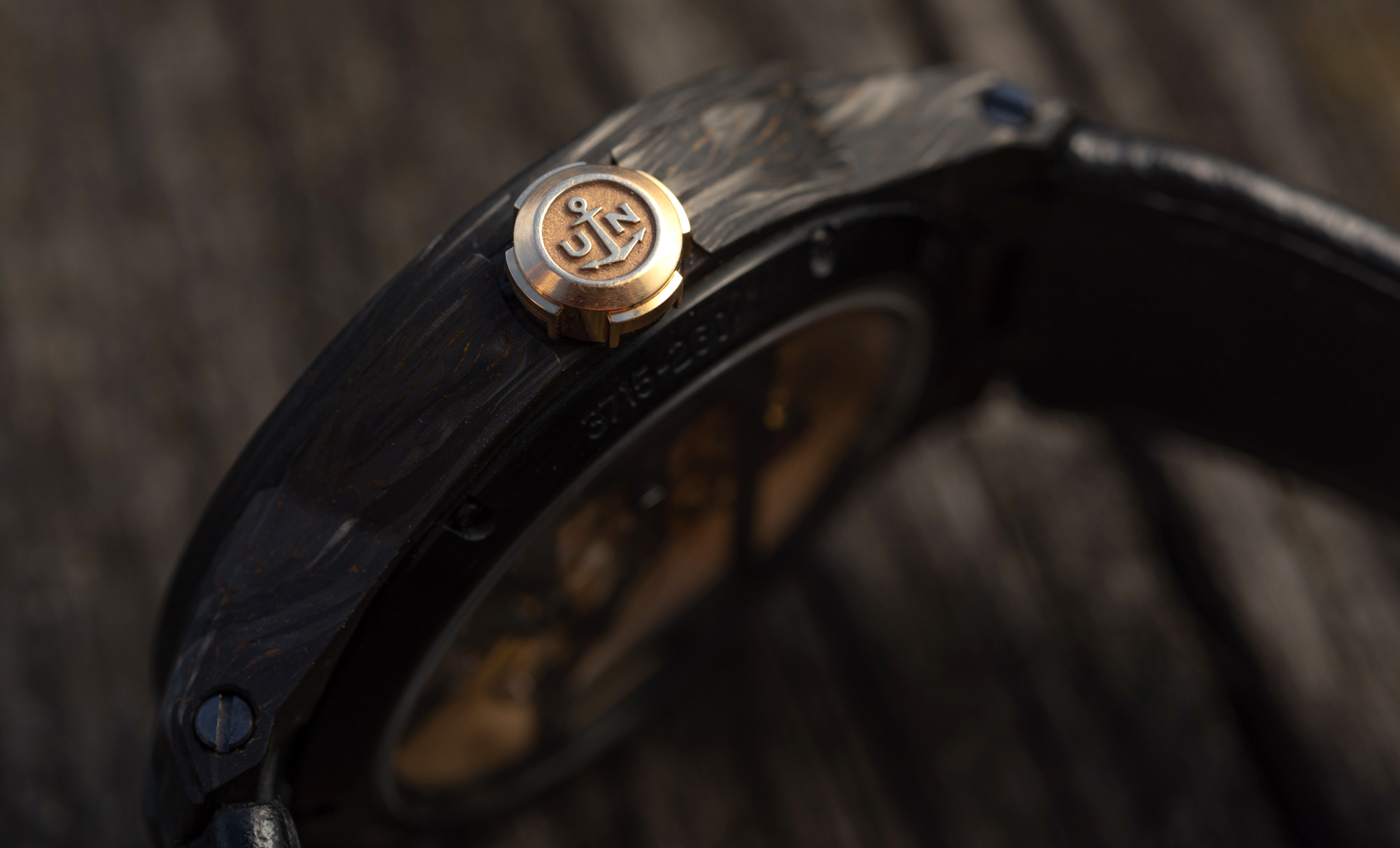
Measuring 43mm-wide and just 10mm-thick, and just about half the weight of titanium or a fifth the weight of steel, the case has everything going for it to ensure great wearing comfort. Thankfully, it’s matched to a supple leather strap. Although comfortable under all normal conditions (in the summer heat and in the winter cold), it has, in truth, taken long to accept as a good match for the case pattern and dial design. Given how well the strap is holding up and how comfortable it is to wear, and that its texture does indeed match the case to some extent, it gets a pass. And although the low-key strap also helps this golden and open-worked watch to appear more discreet than it would otherwise have any right to, it is worth saying that a more robust-looking and better-defined strap would perhaps be better matched to the overall design.

The only notable point of criticism in wearing comfort is the black coated titanium buckle: It has too many sharp edges, not just on the inside but even along its periphery, which can create an itchy or scratchy feeling if the watch is worn tight and the wrist expands in the heat. I’m sure the crew operating the CNC machine that cut this buckle is proud of its well-maintained, sharp tools and abilities to cut at micron-sharp right angles, but there really is no need for such weapon-grade edges on any component that has a potential point of contact with the wearer. It is rarely noticeable and easy to fix by moving one hole down on the strap, but it’s annoying that such a small detail can keep a watch from being comfy to wear literally all of the time.
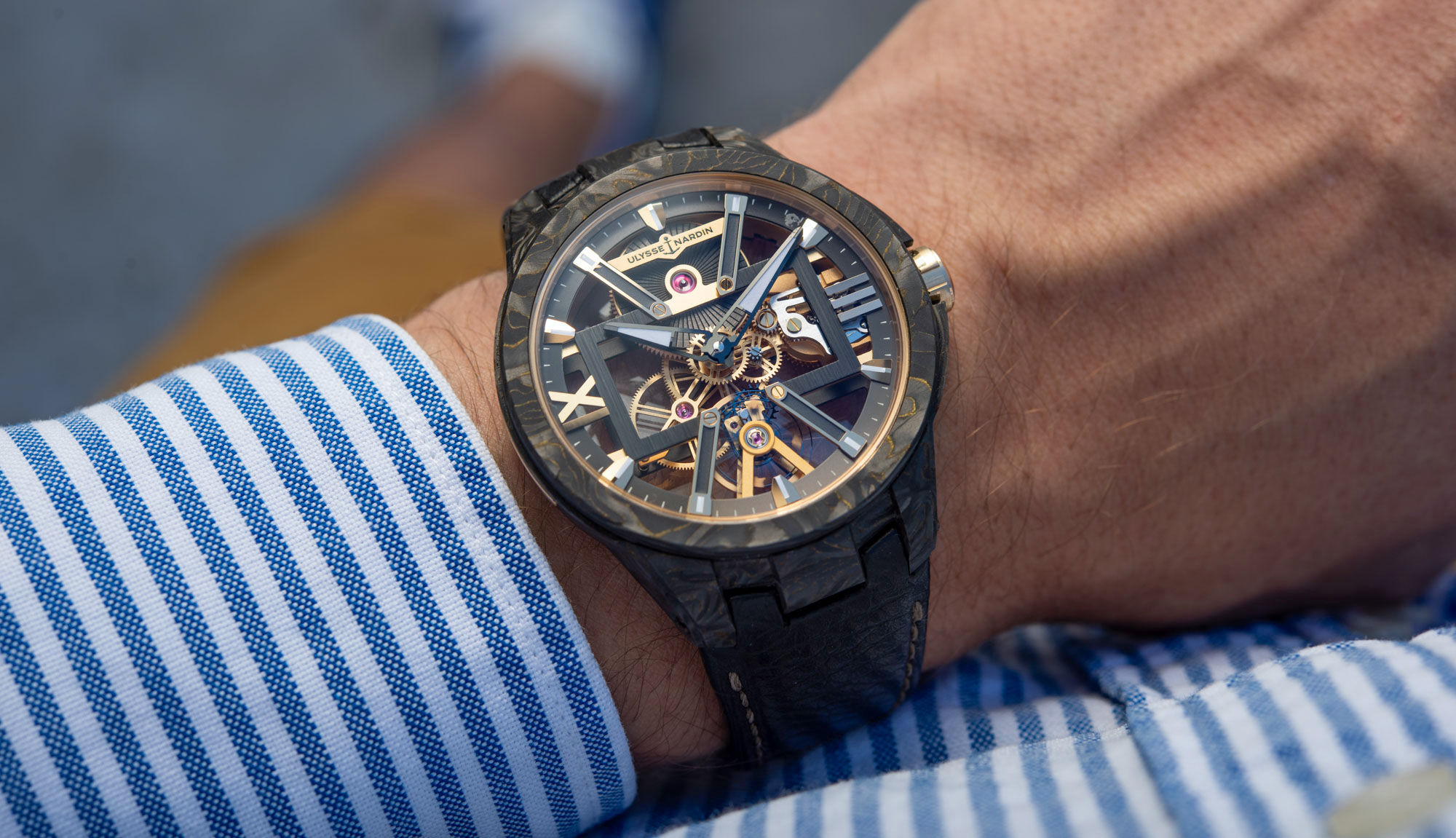
Legibility is great, even if it comes at the cost of having a duo of rather unimaginative hands, bold triangles filled almost to the brim with aquamarine Super-LumiNova. Kudos to the designers for having the restraint to add luminous hour markers along the edge of the dial — or whatever is left of it — along with a proper minute track. A watch that is challenging or annoying to read the time on, or is uncomfortable to wear, won’t have a chance to be a long-term daily.
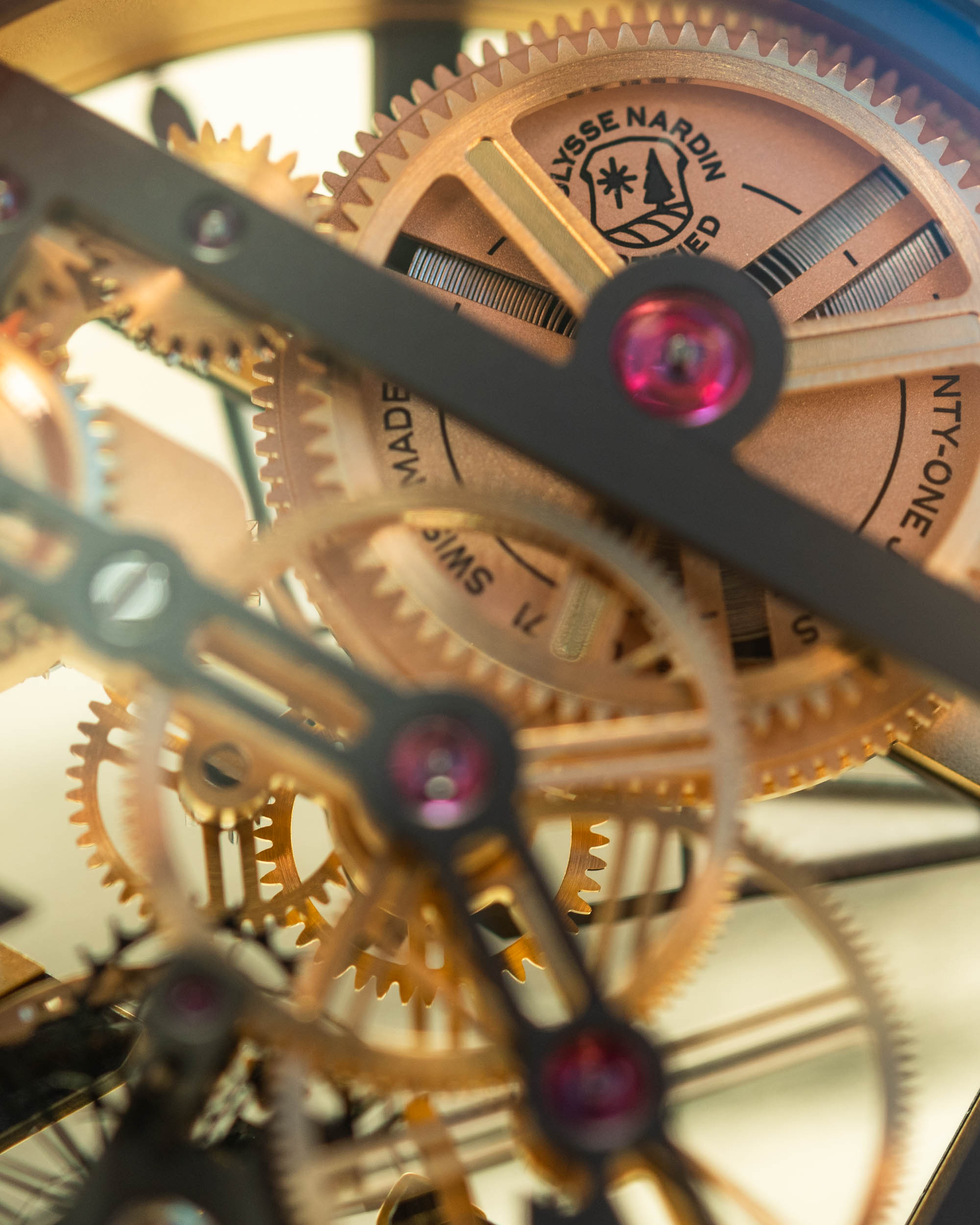
Flipping the watch around to marvel at the movement has happened rather rarely over the course of the past 10 months — there is just so much on show on the dial side. This is a shame because the back reveals yet another network of bridges, wheels, spokes, and surface treatments. It really is a treat to see a movement in all its glory, without anything to obstruct the view, and it’s even rarer to be able to scrutinize the flipside of watch hands or Roman numeral hour markers. Another fun little detail is how the mainspring barrel mimics the twin spokes of the wheels with parallel cut-outs. These can be used as a rudimentary power reserve indicator, with a bit of routine one can easily tell just how wound the mainspring is inside.
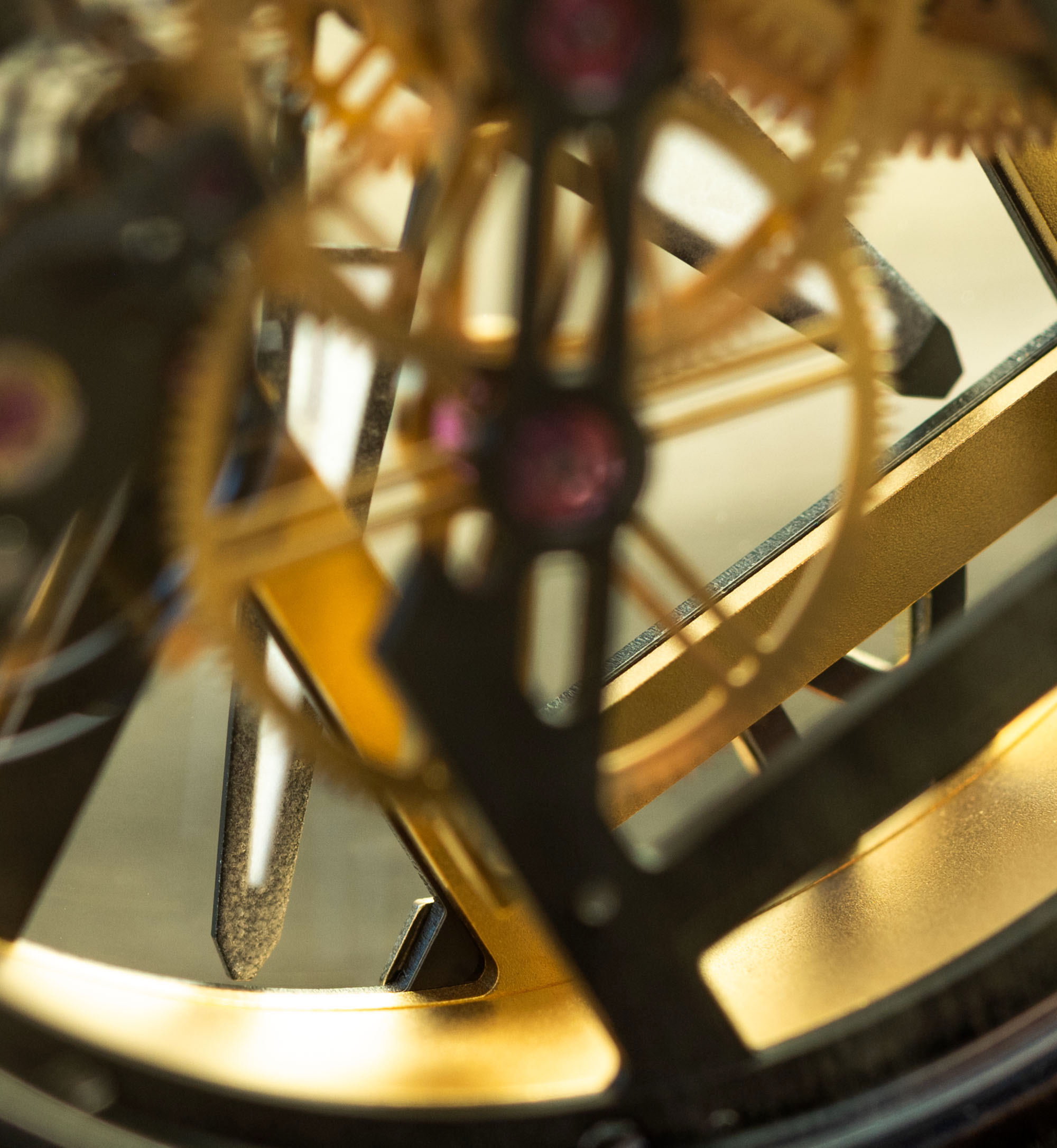
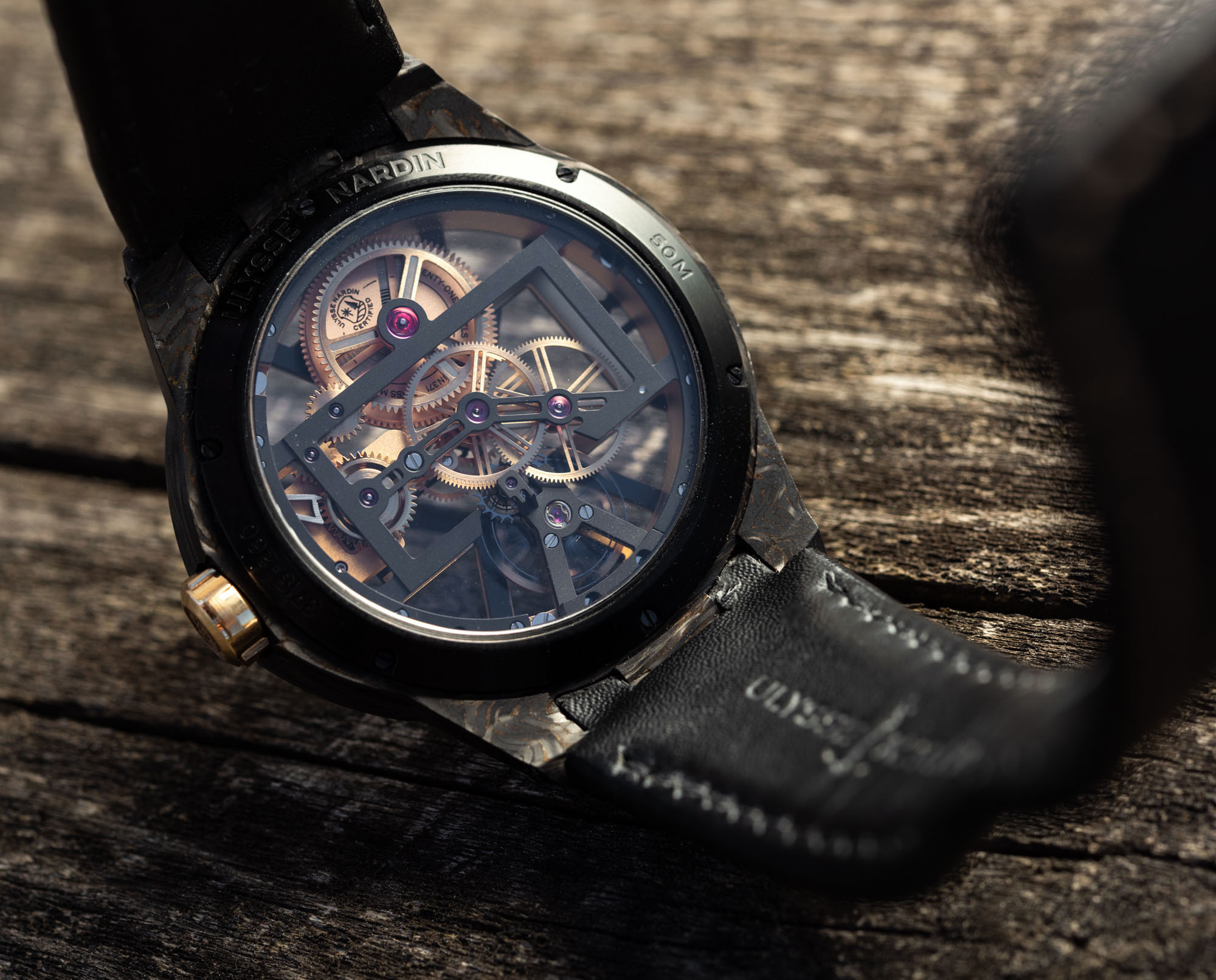
Speaking of power reserve: The UN-371 caliber offers 96 hours of power reserve, matched to a 3Hz operating frequency. This is lower than the more common 4Hz seen in modern high-end movements these days, but the balance wheel is acres larger than those tiny ones found in most 4Hz calibers. The larger wheel has greater inertia and therefore offers better stability through its size — and 3Hz for a wheel of such dimensions is as fast as it usually gets.
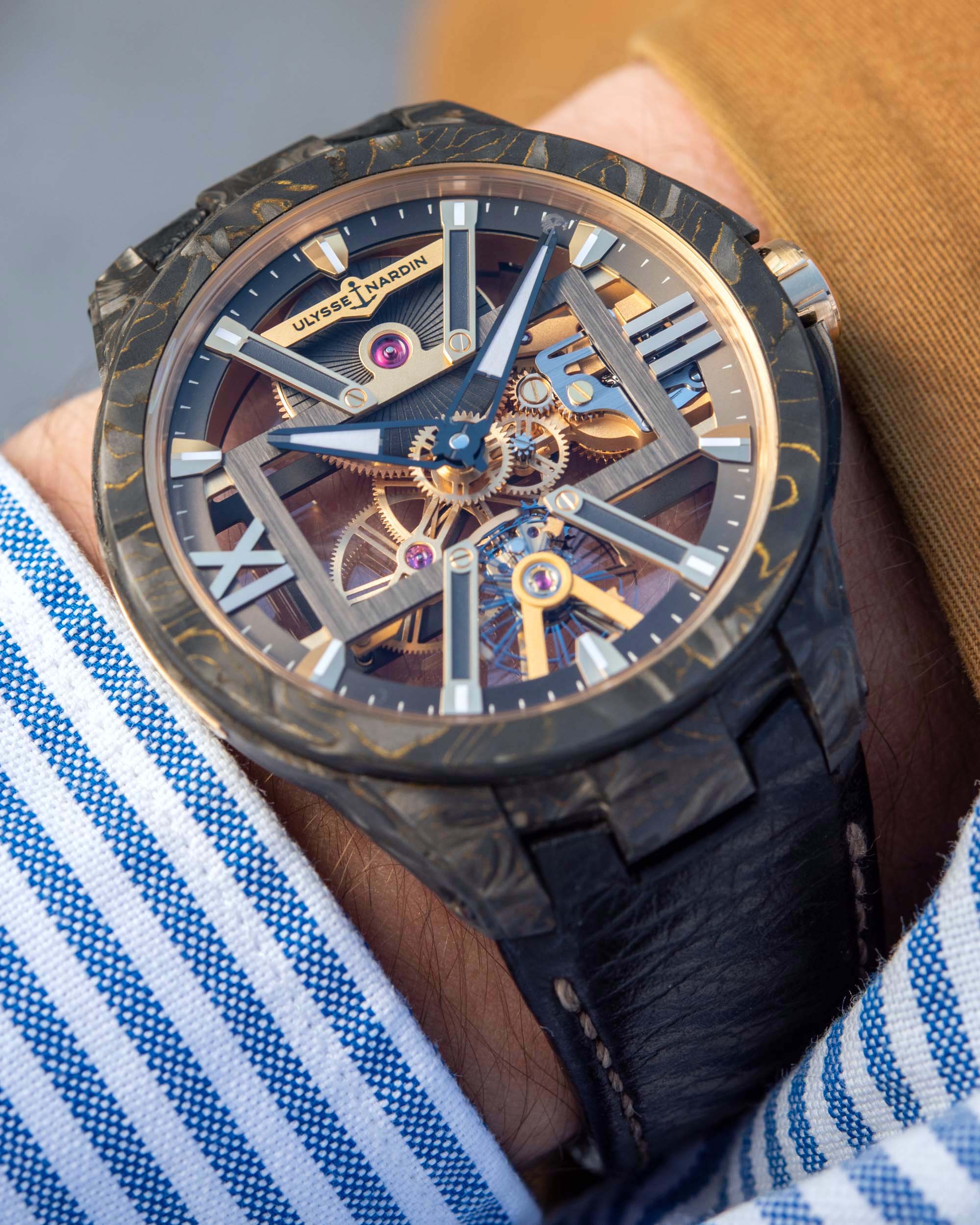
There is no denying that the Ulysse Nardin Blast Skeleton X is a developed taste, nor that it’s certainly not on the top-10 or top-20 list of consumers whose taste is primarily dictated by hype, brand ambassadors, or event partnerships. But it’s one heck of a watch that will, worry not, entertain those fortunate ones who decide to get something that speaks primarily to them, and not about them. The price for the Ulysse Nardin Blast Skeleton X is $24,300 in Carbonium Gold and $20,600 in bare or black coated lightweight titanium, and $32,600 with a case in solid 18k gold. You can learn more at the brand’s website.

